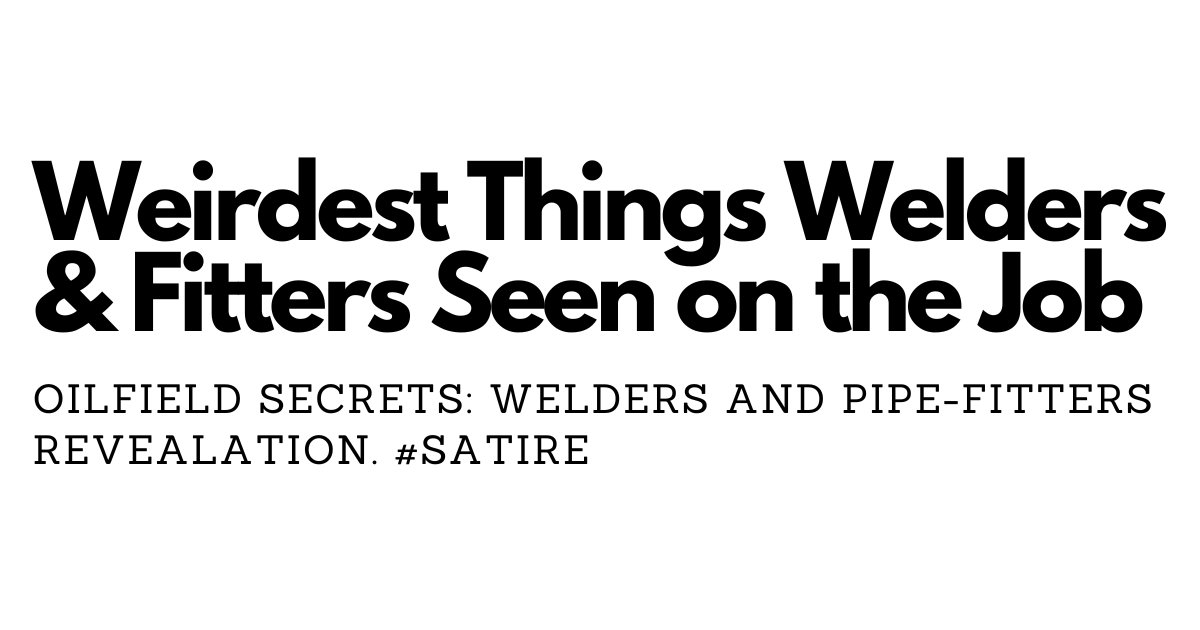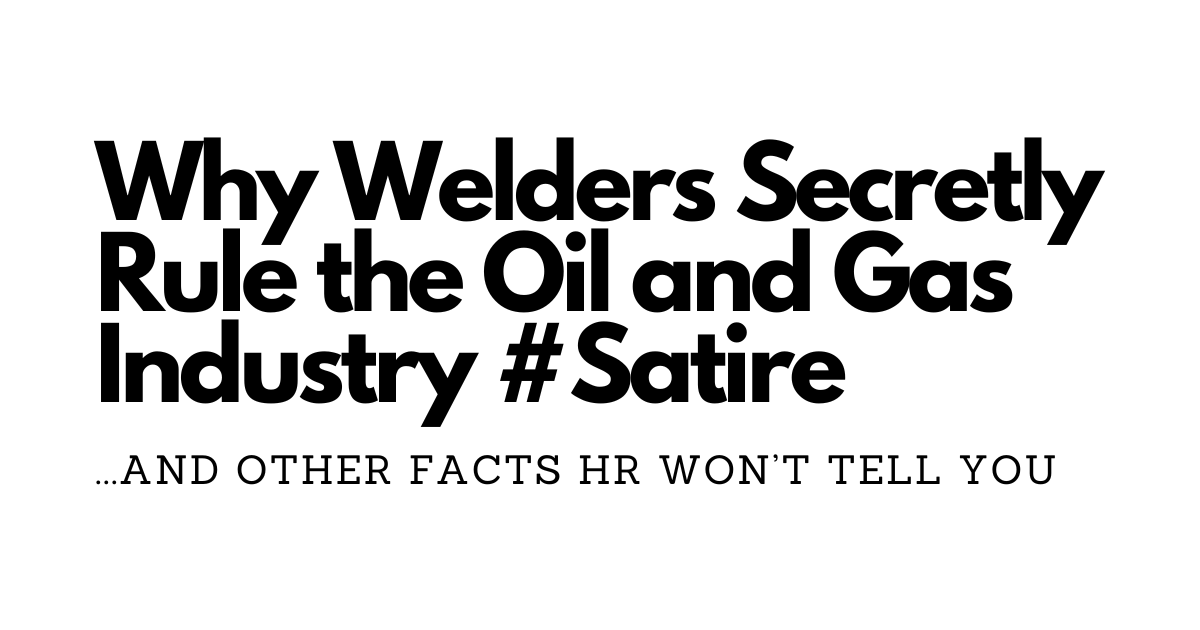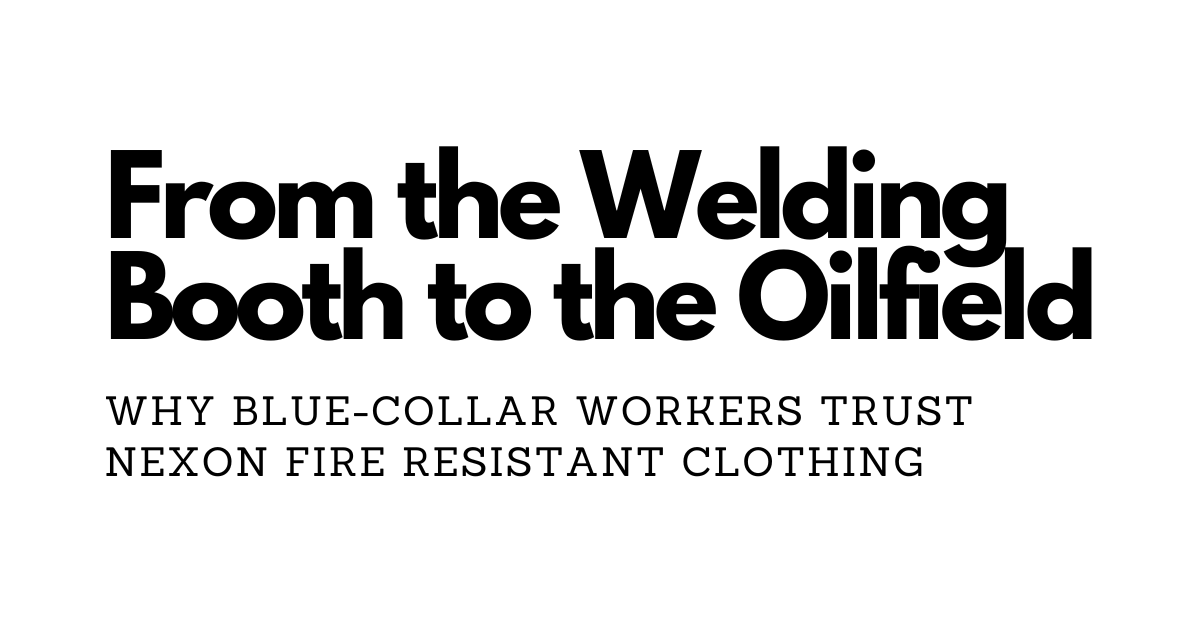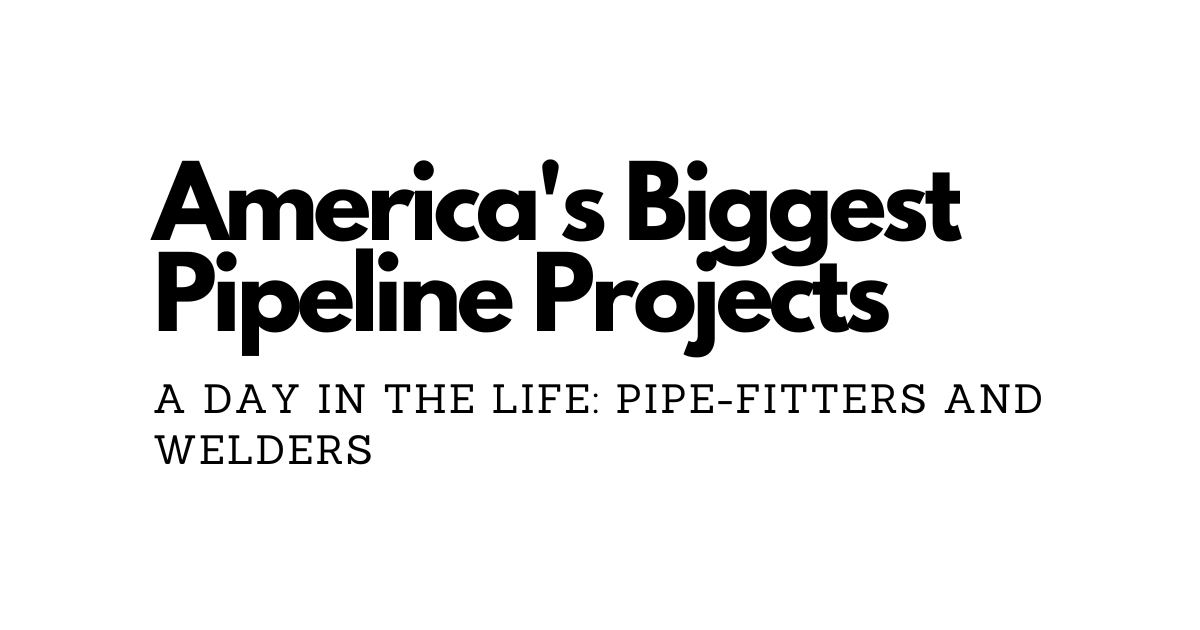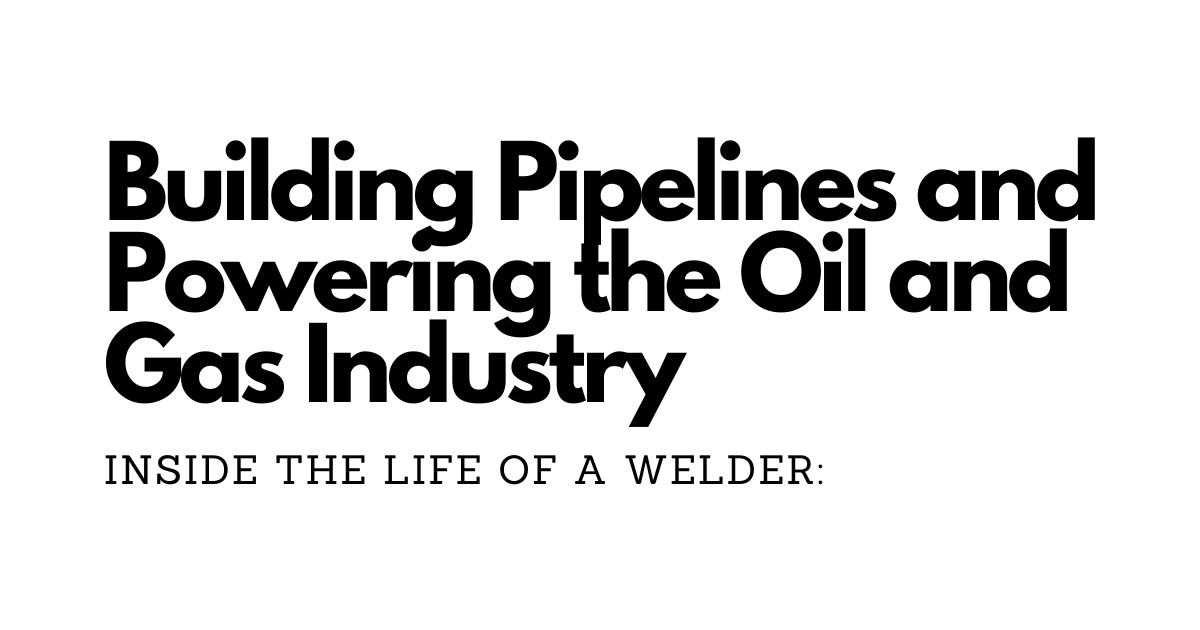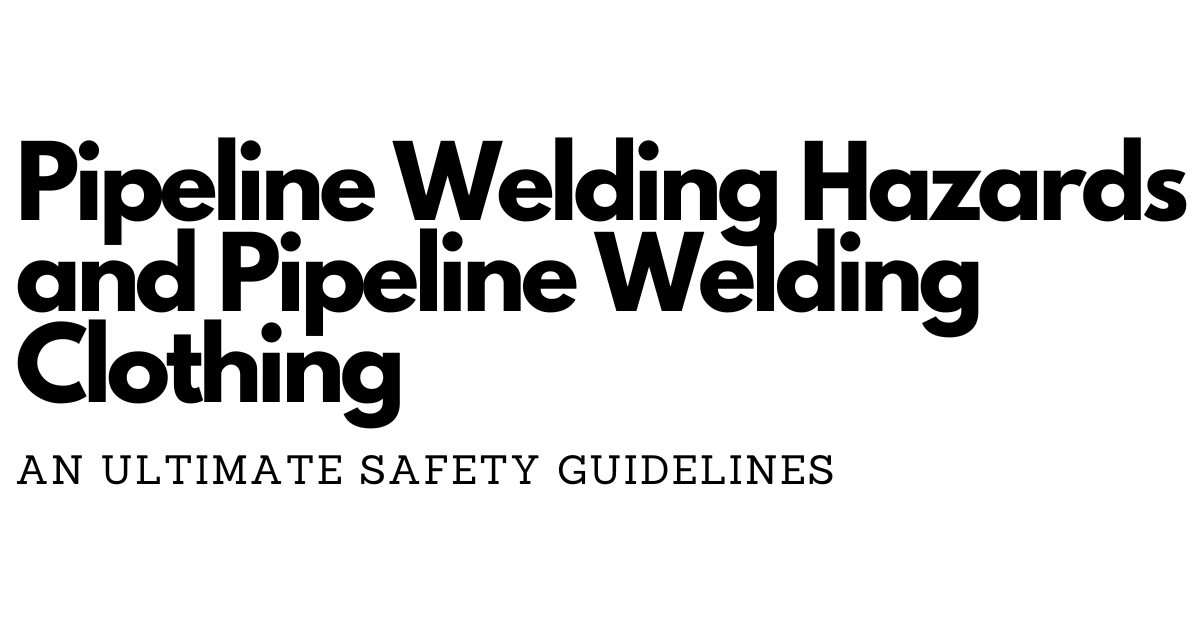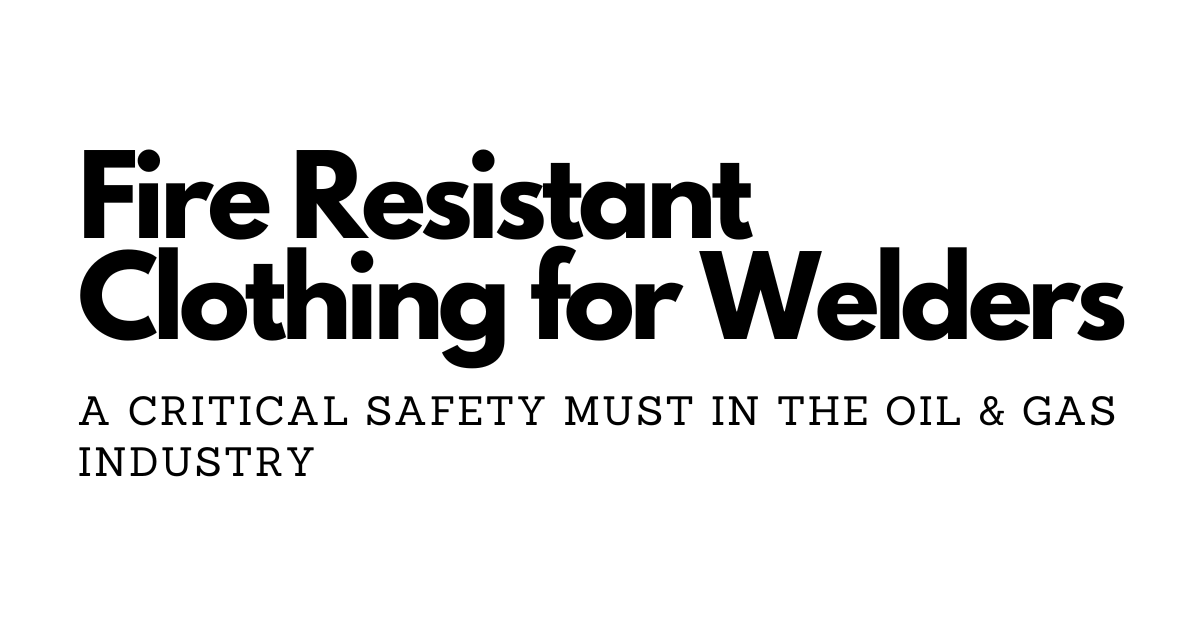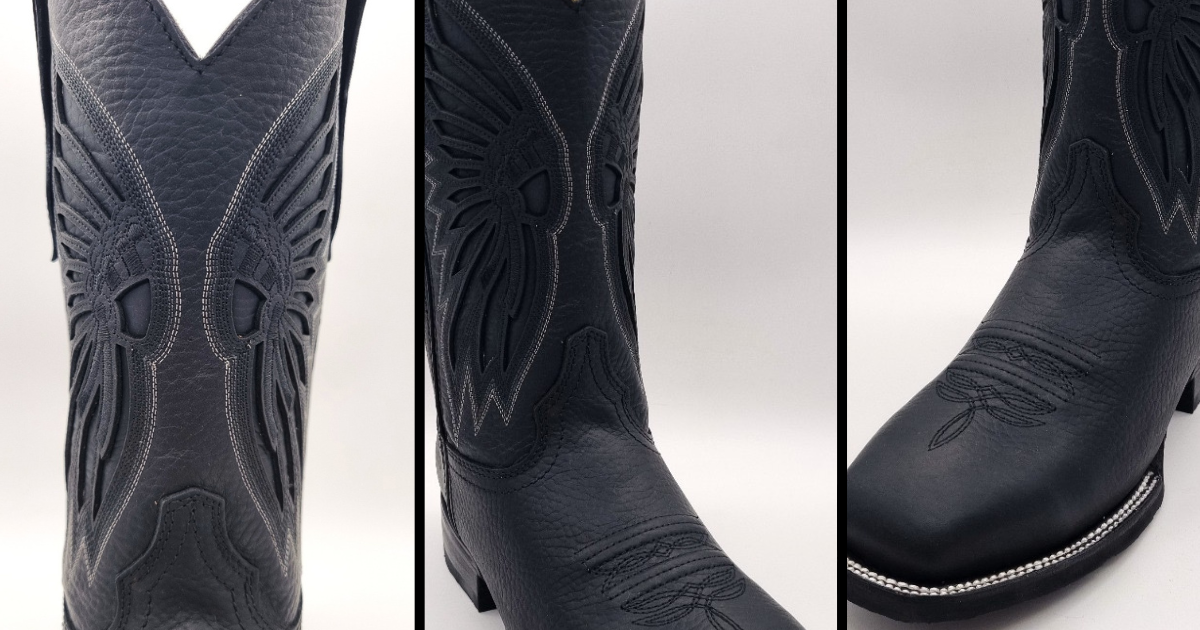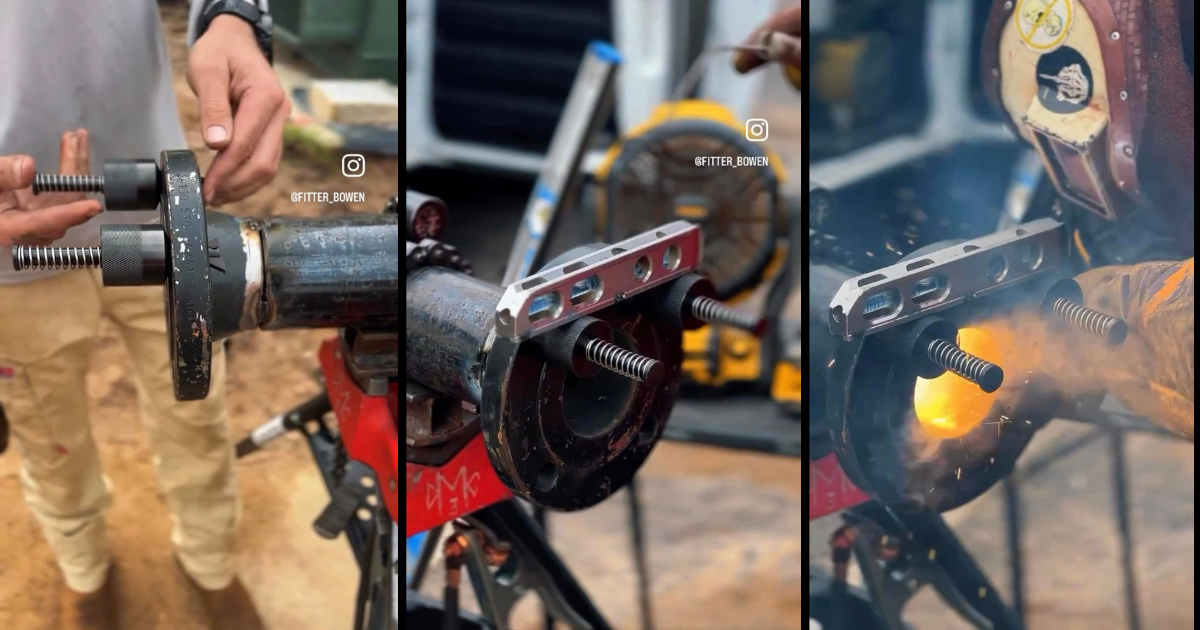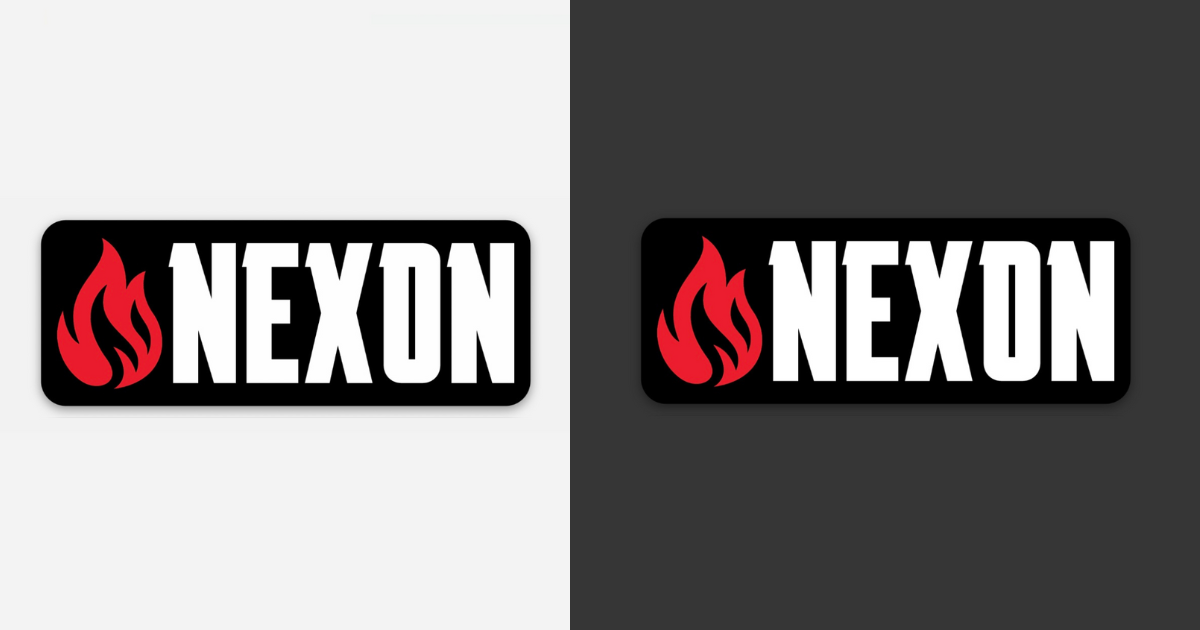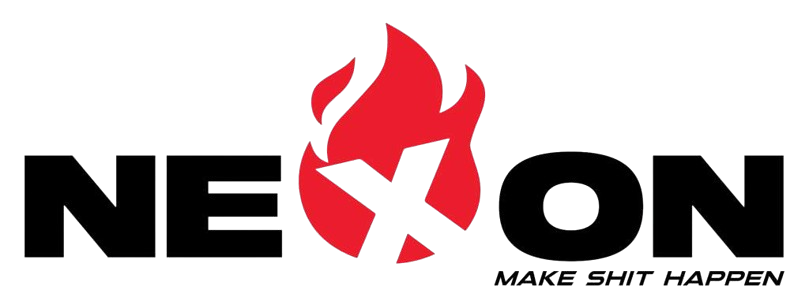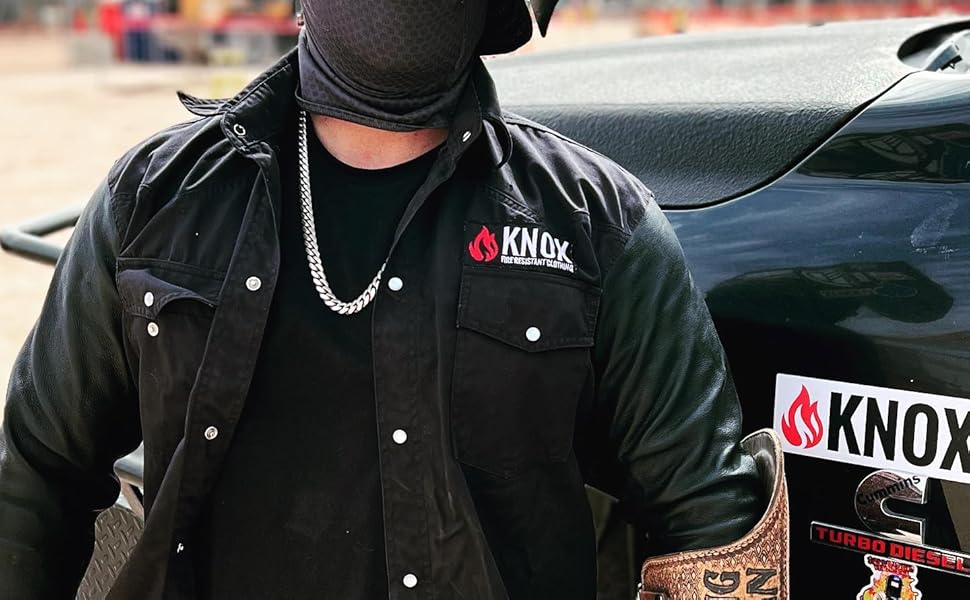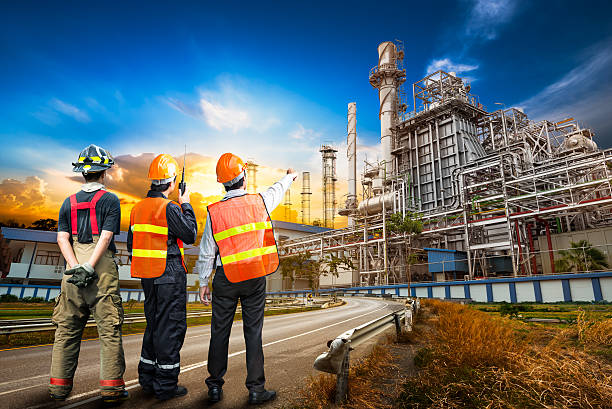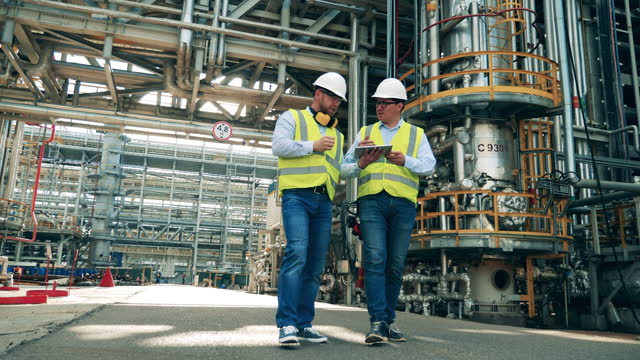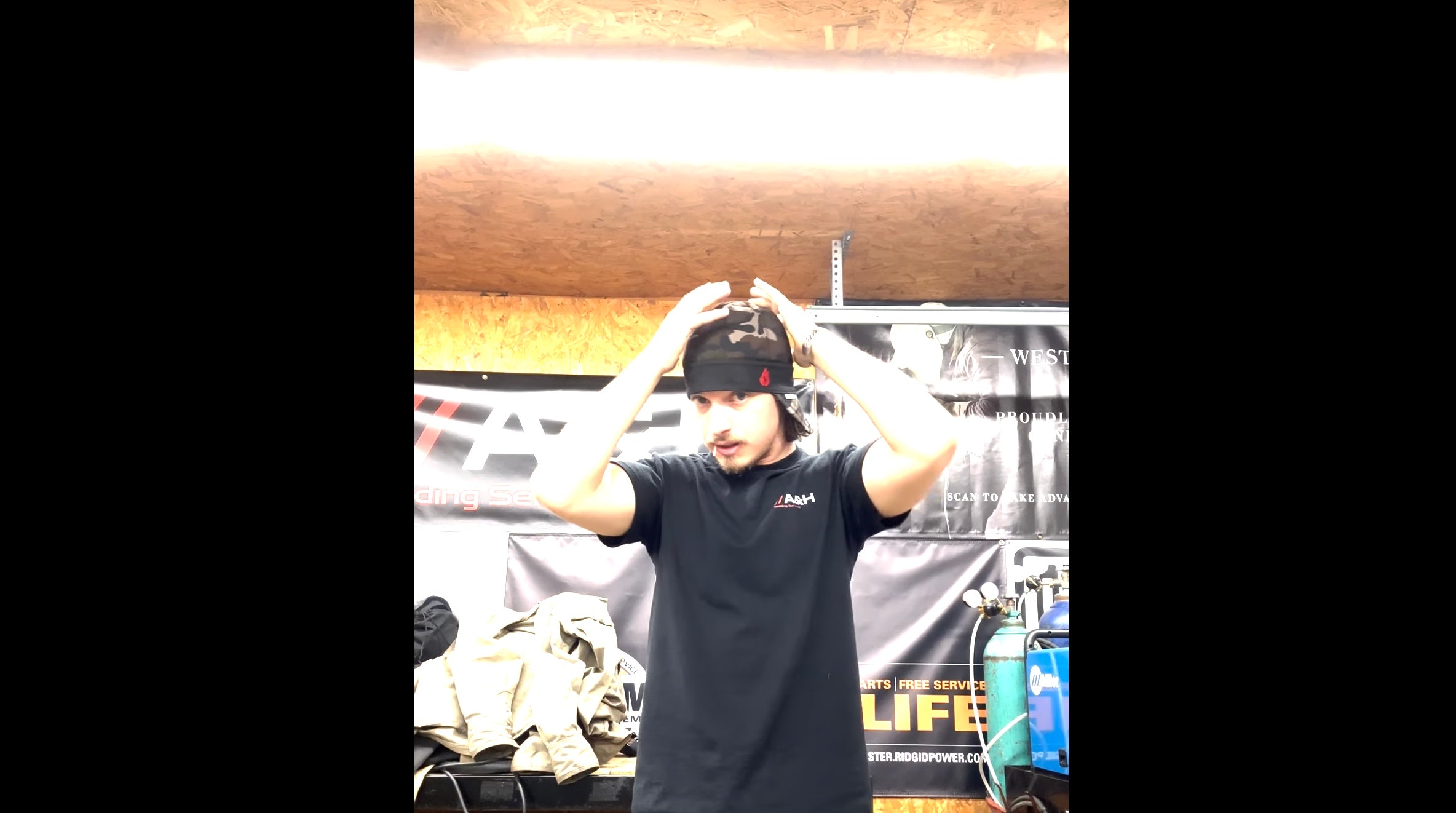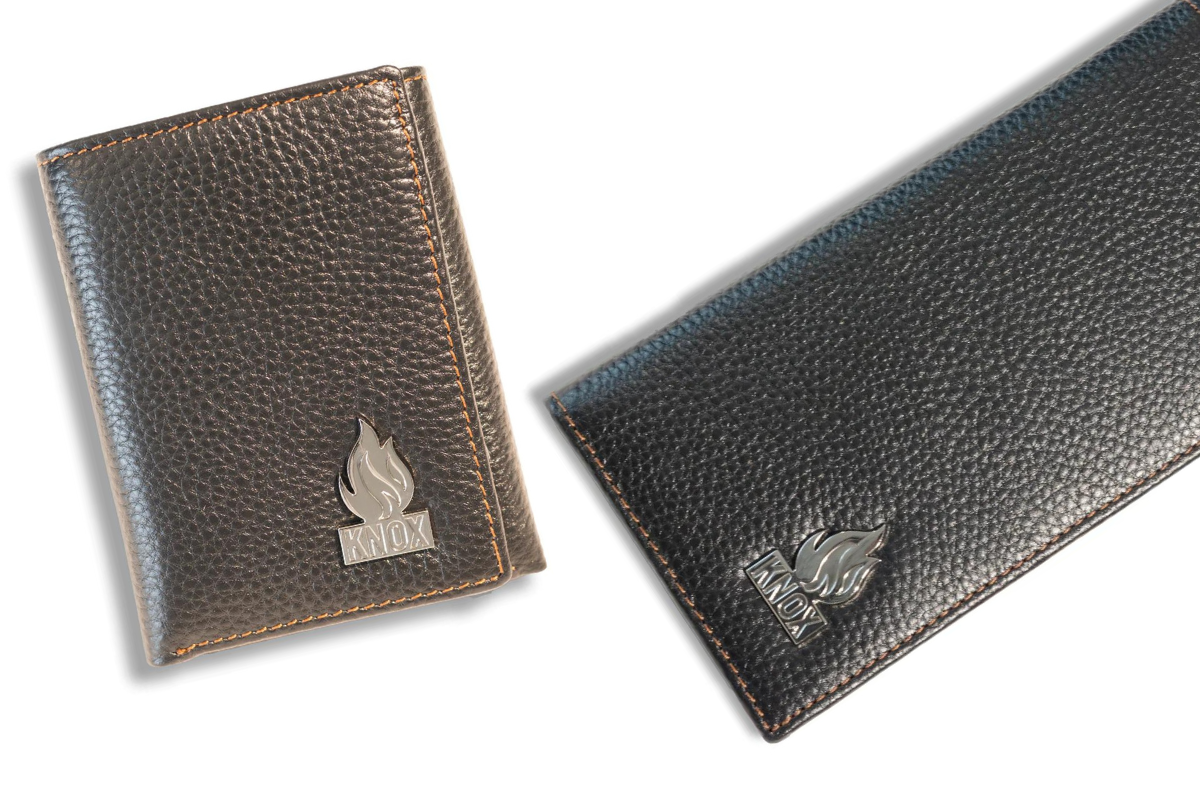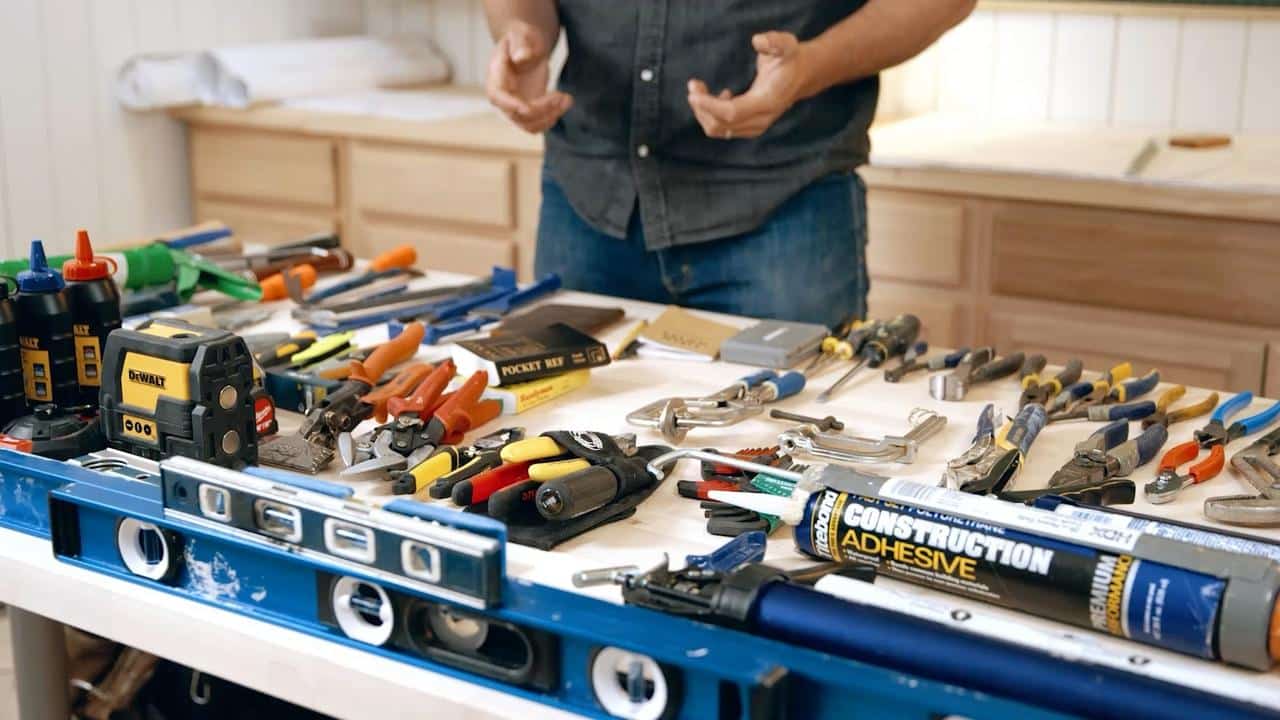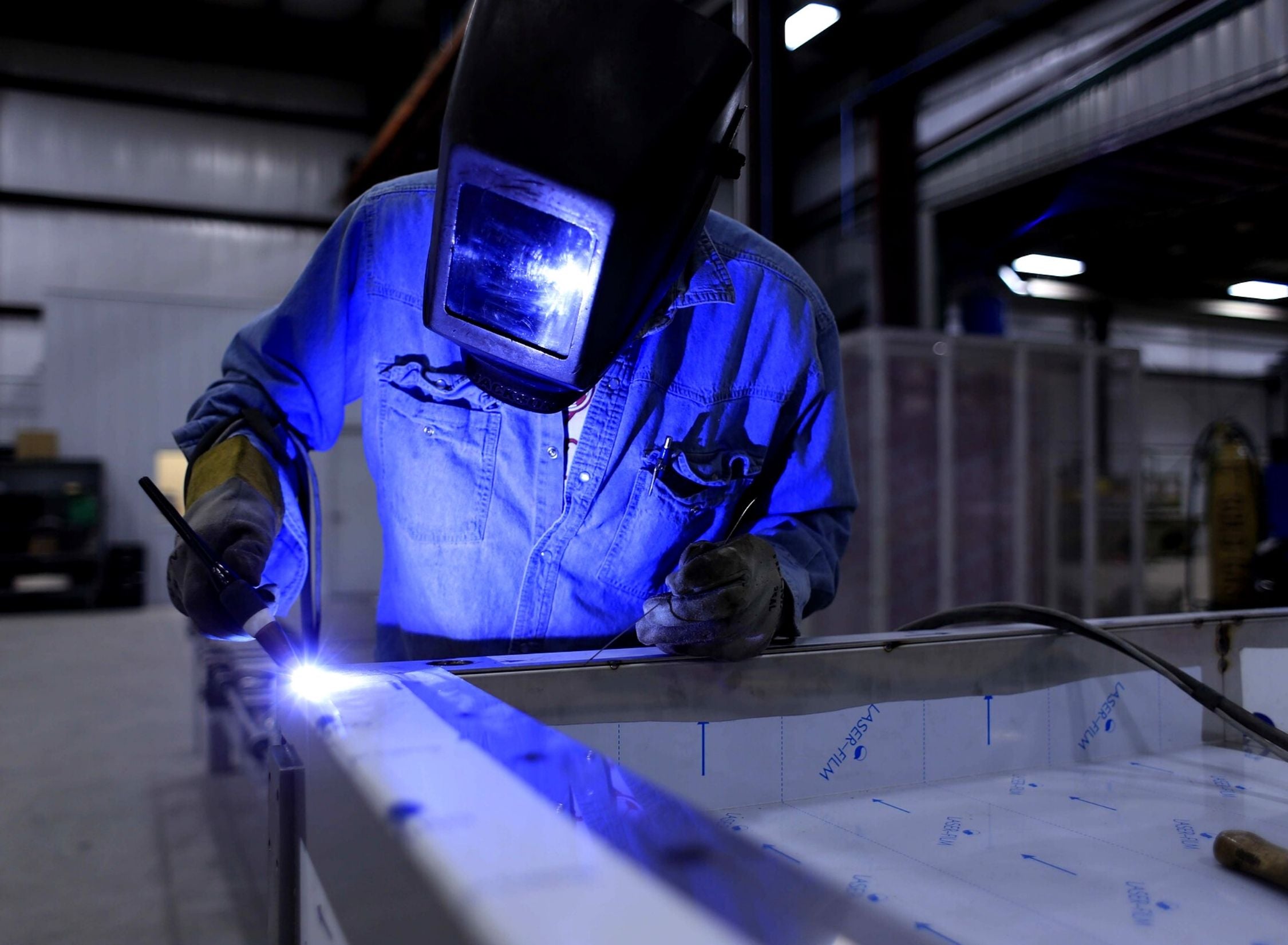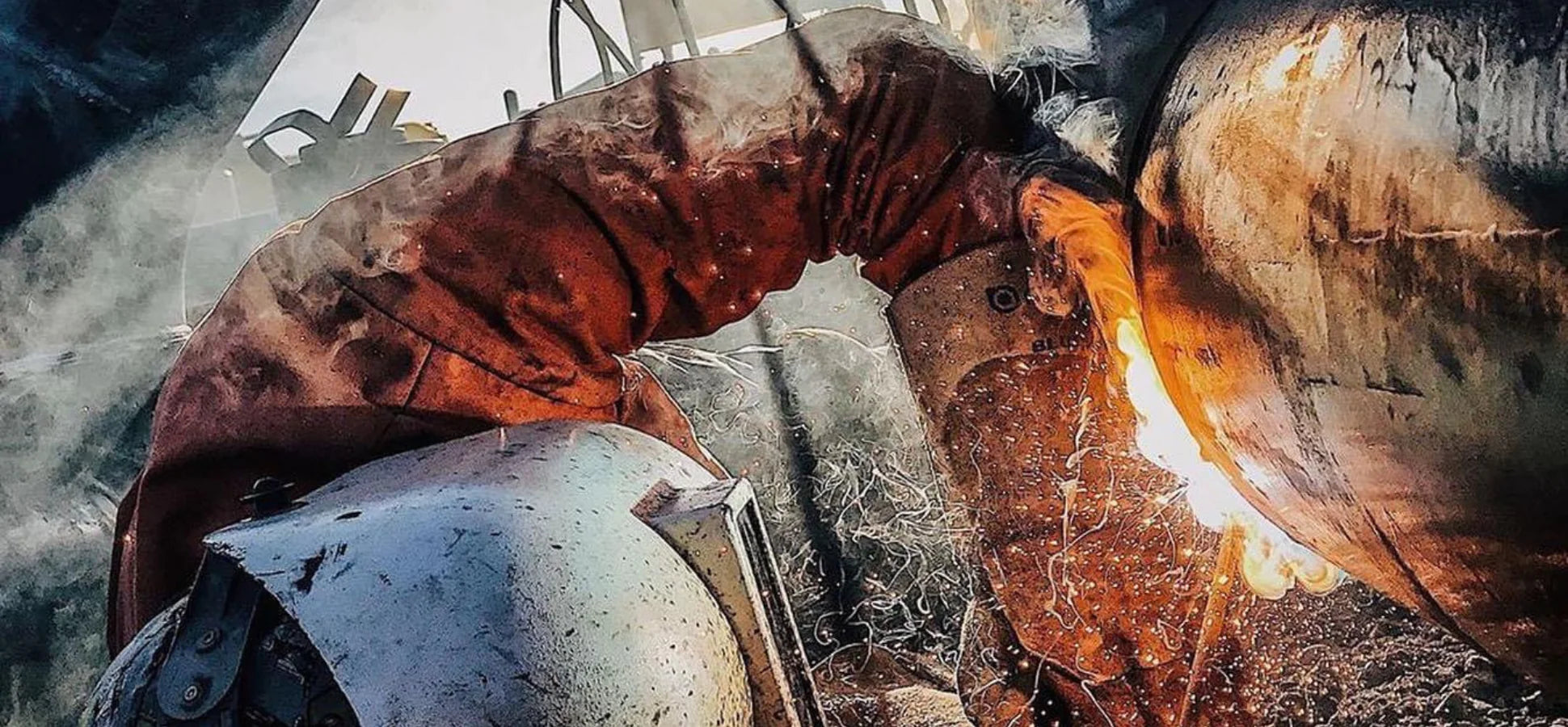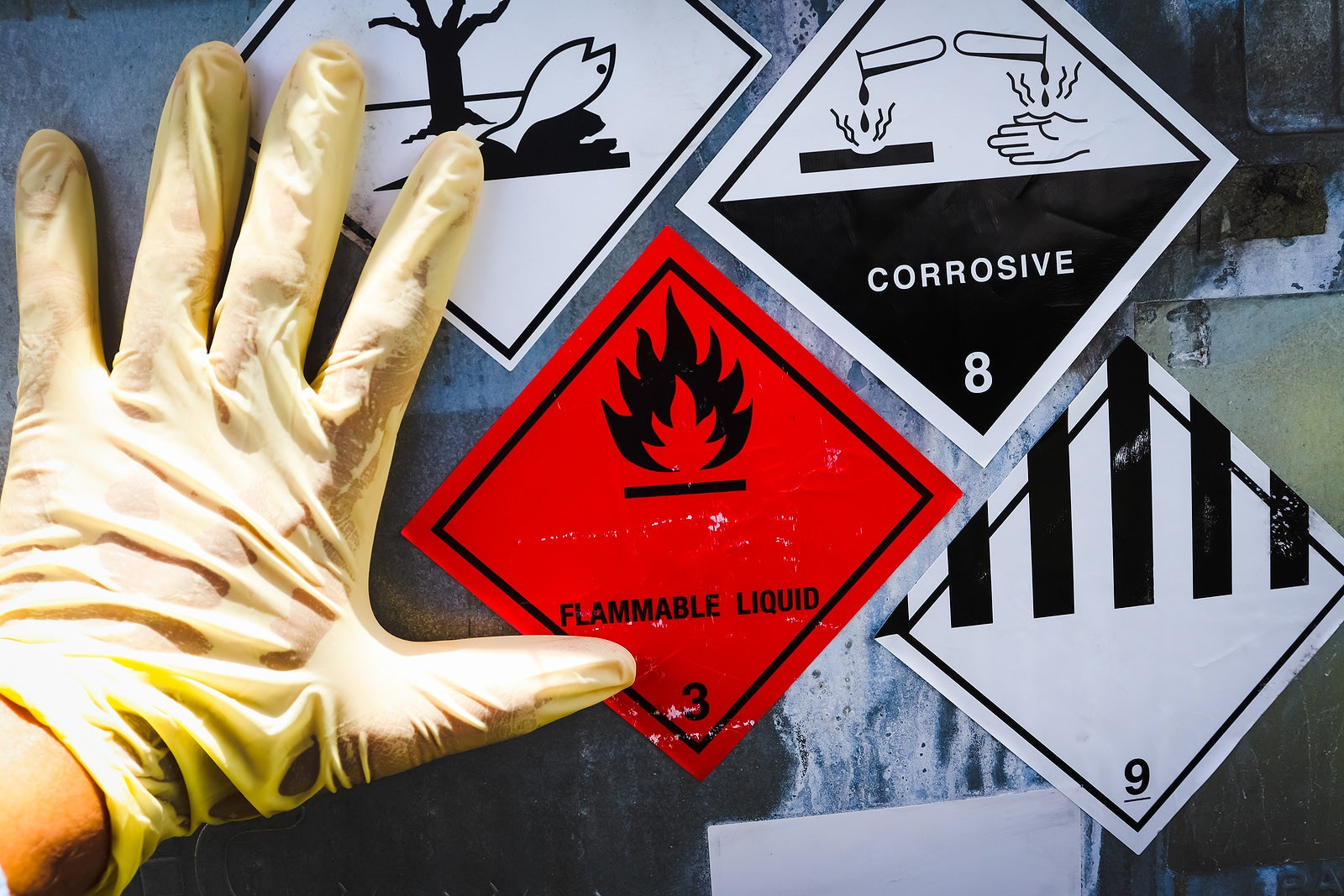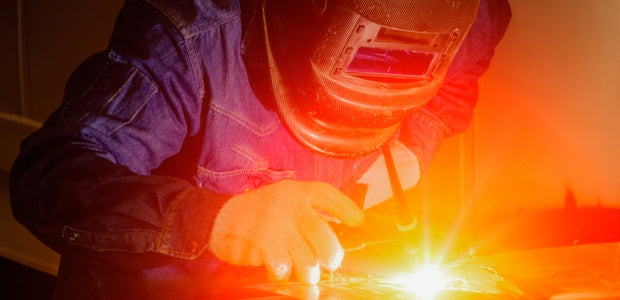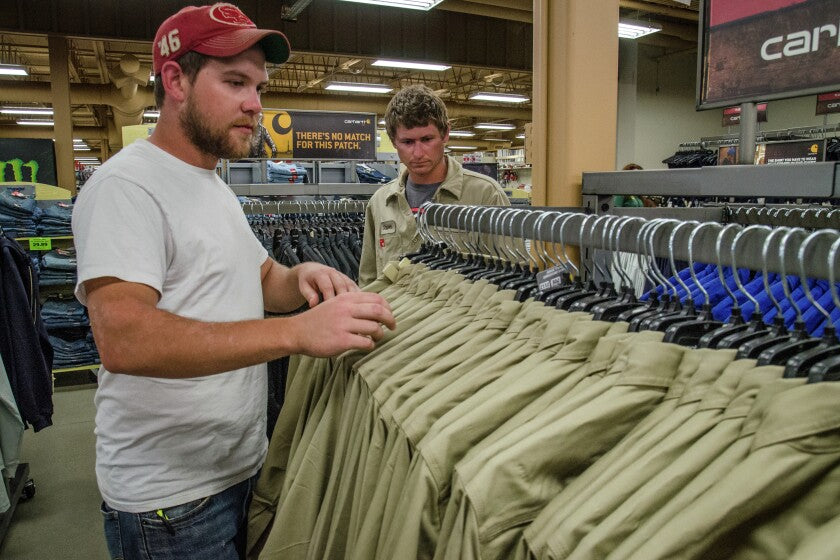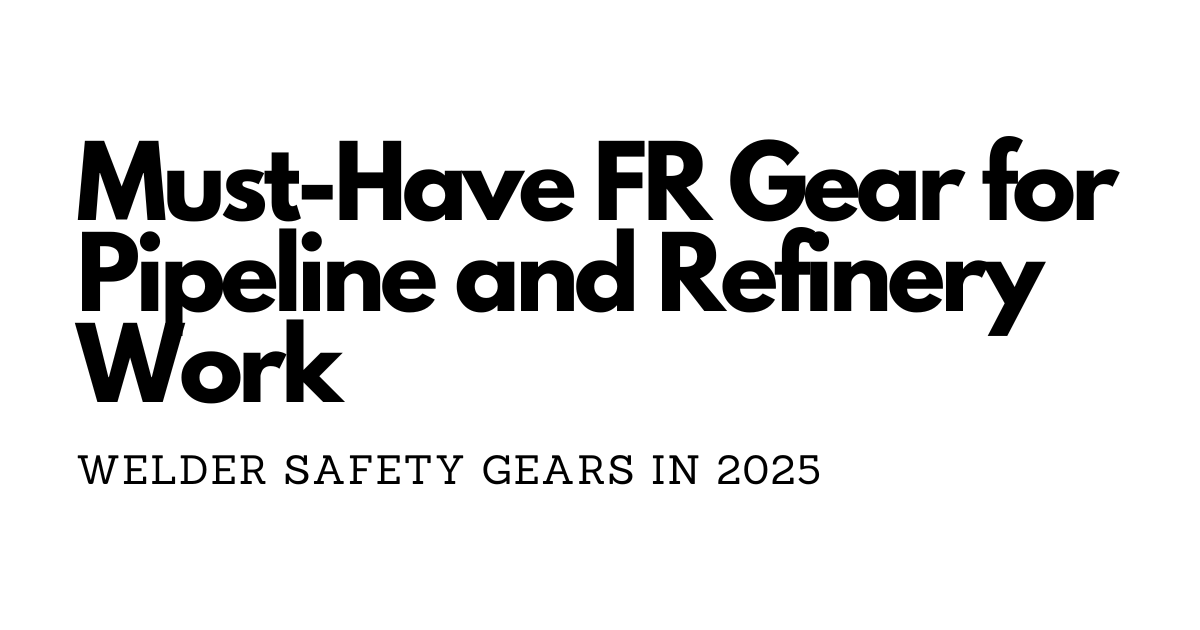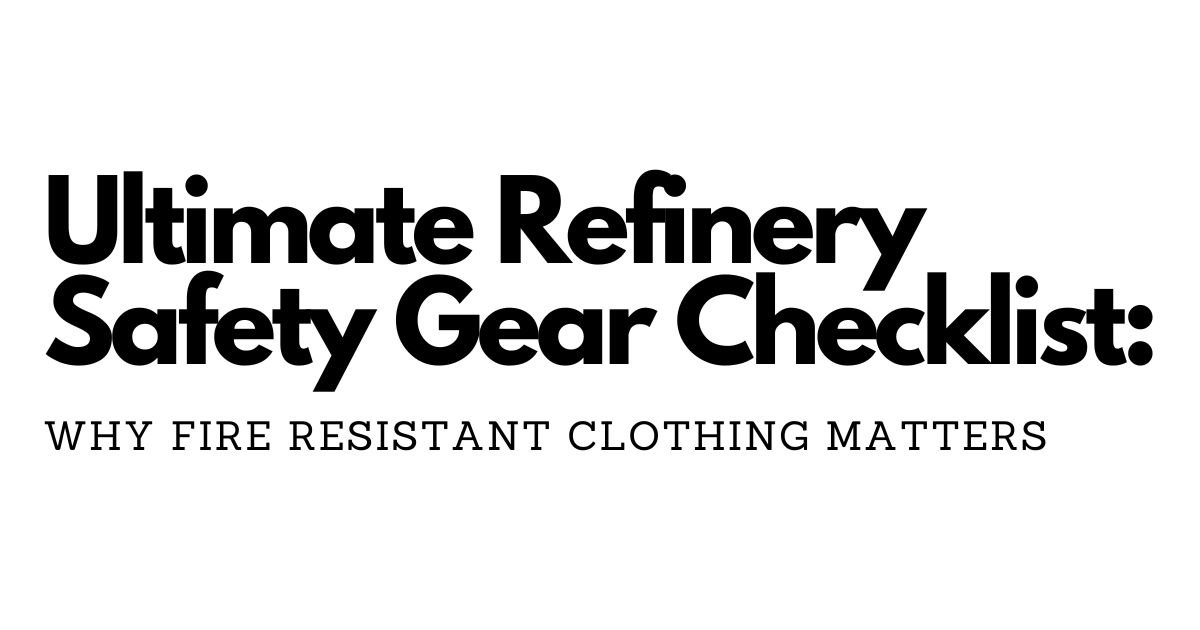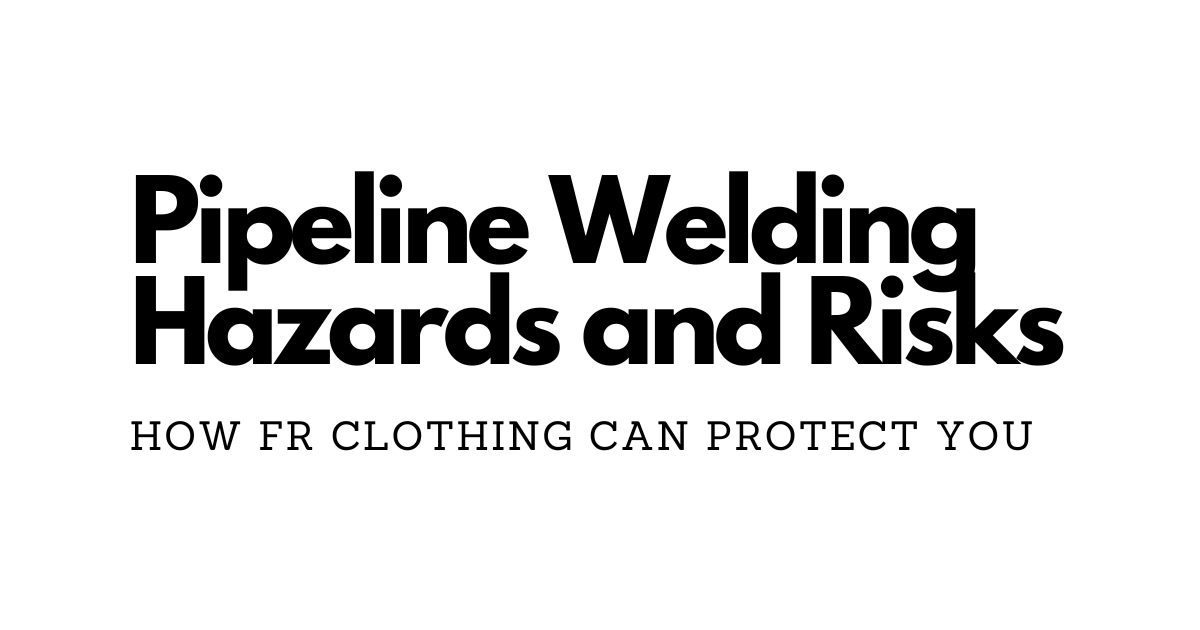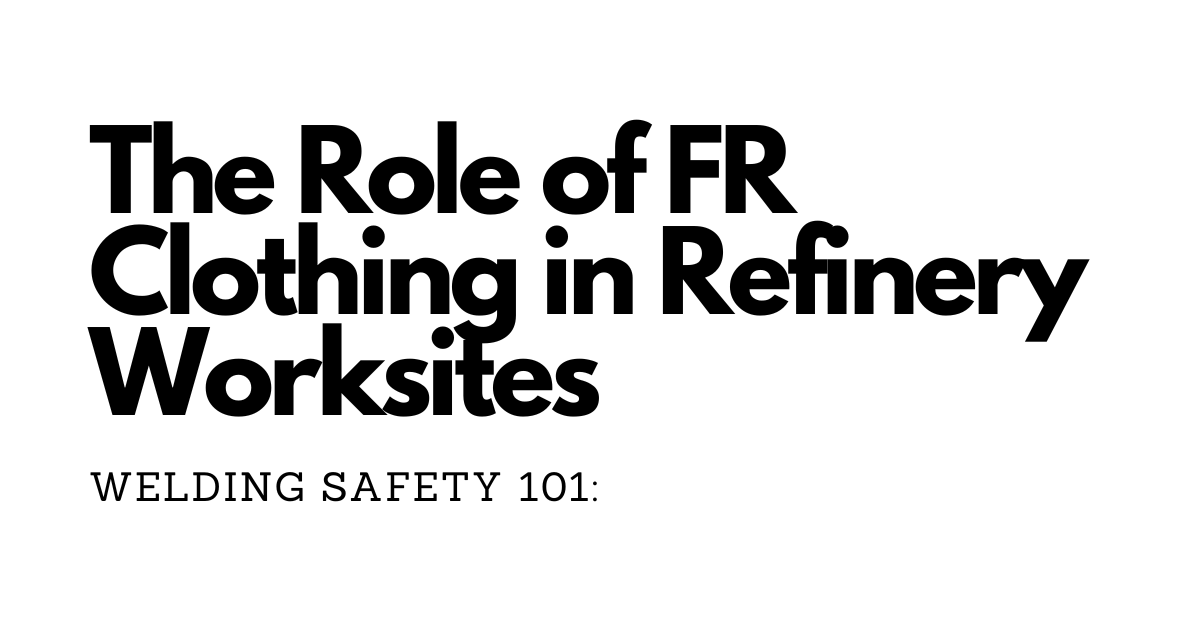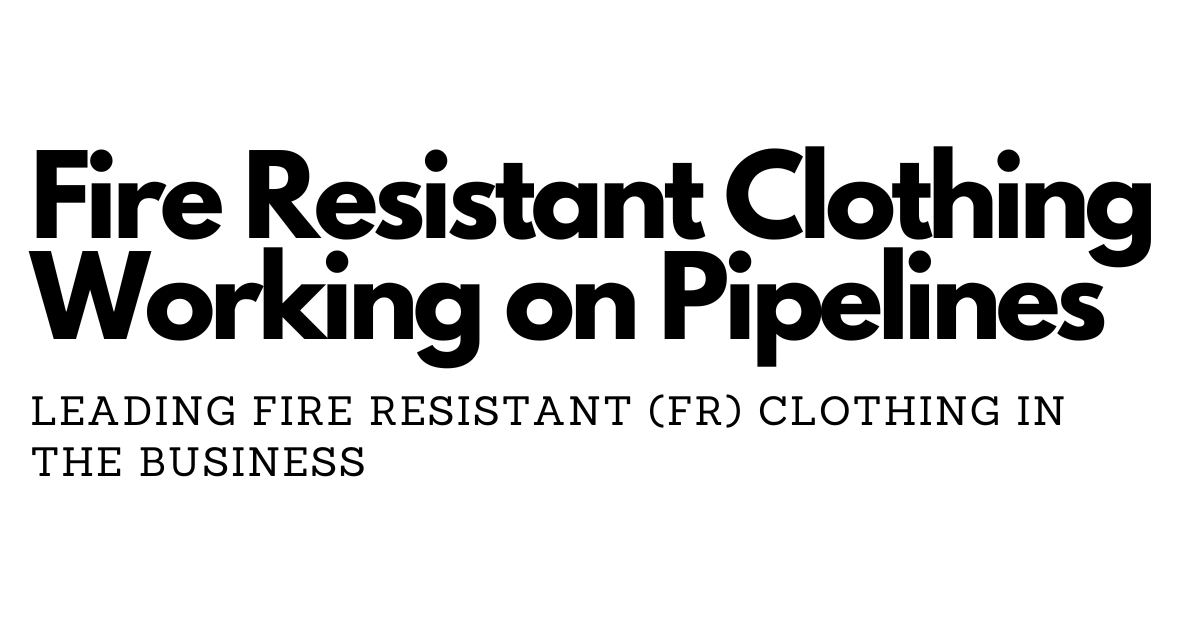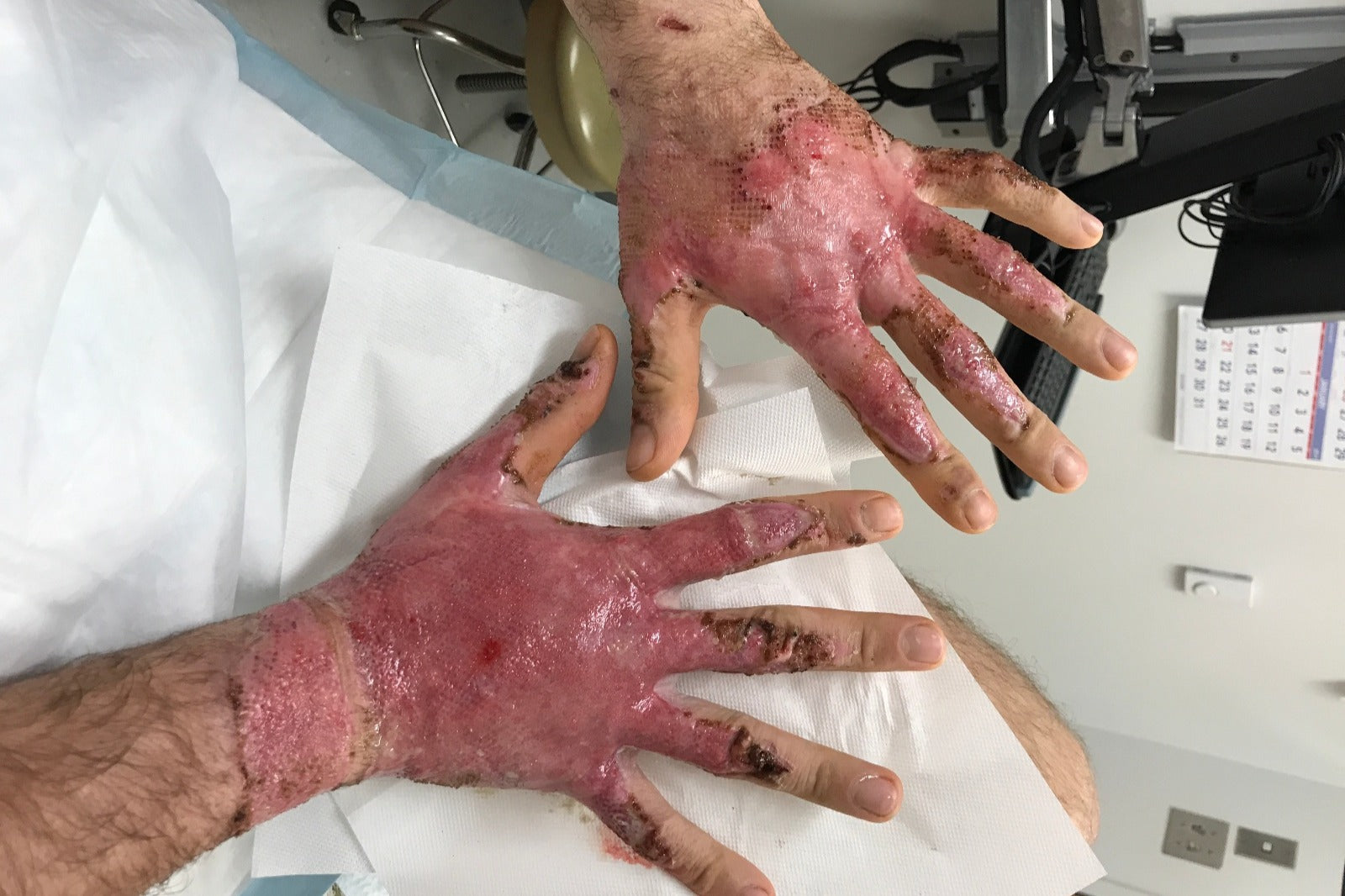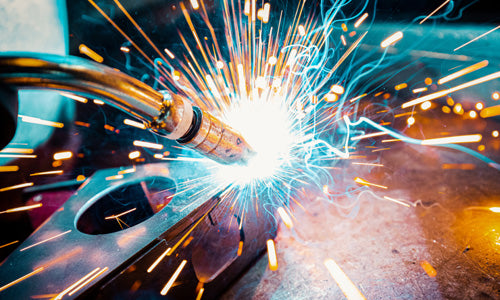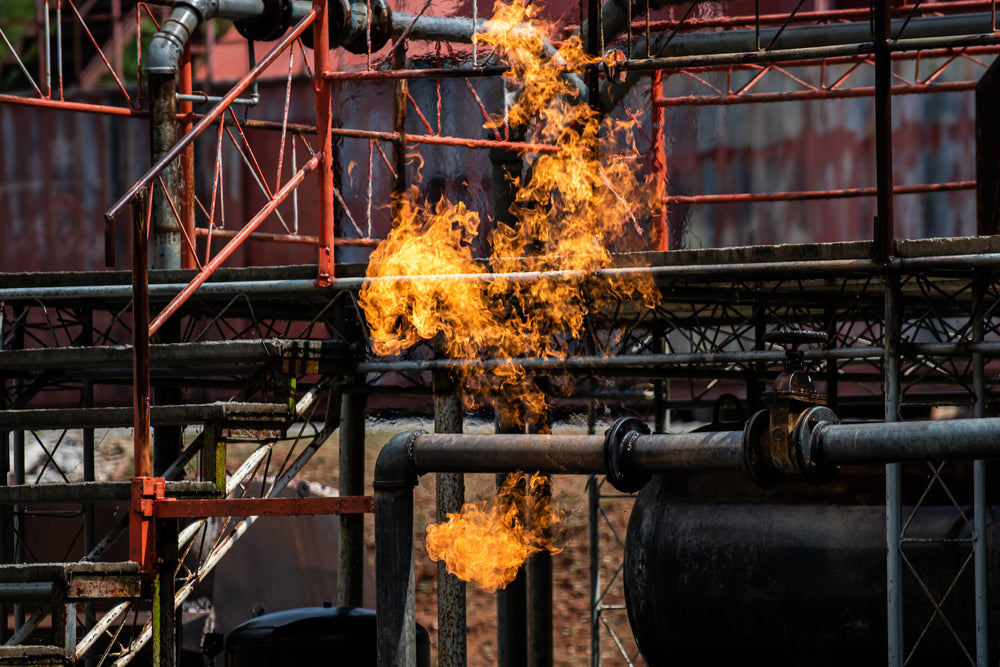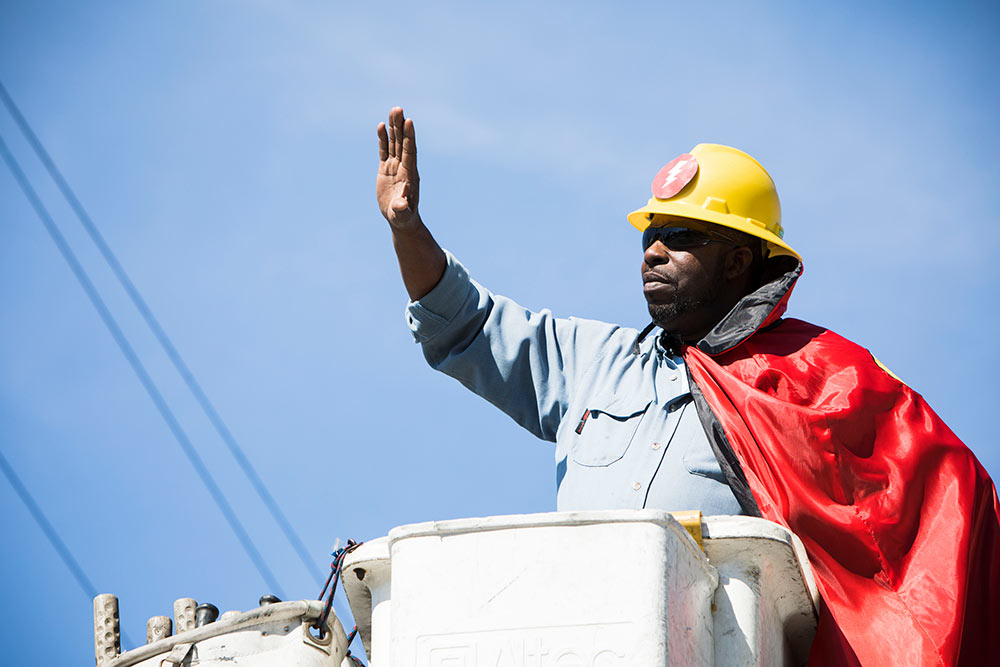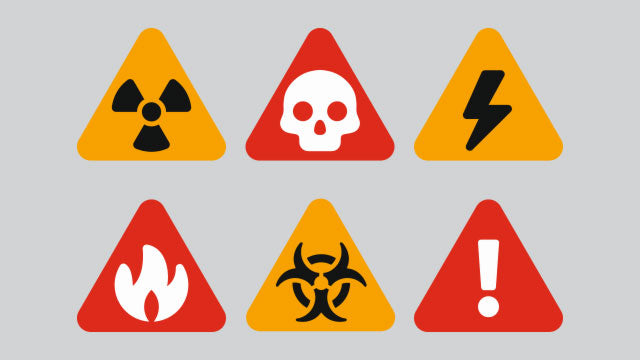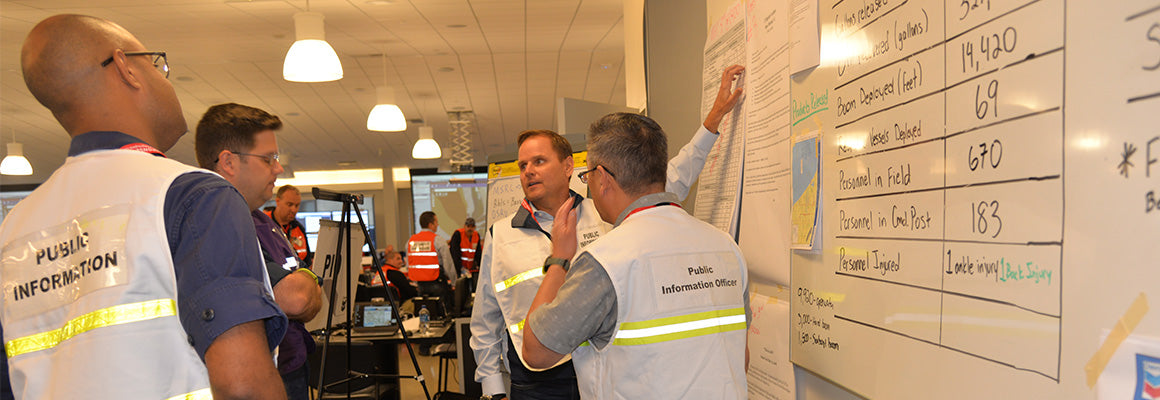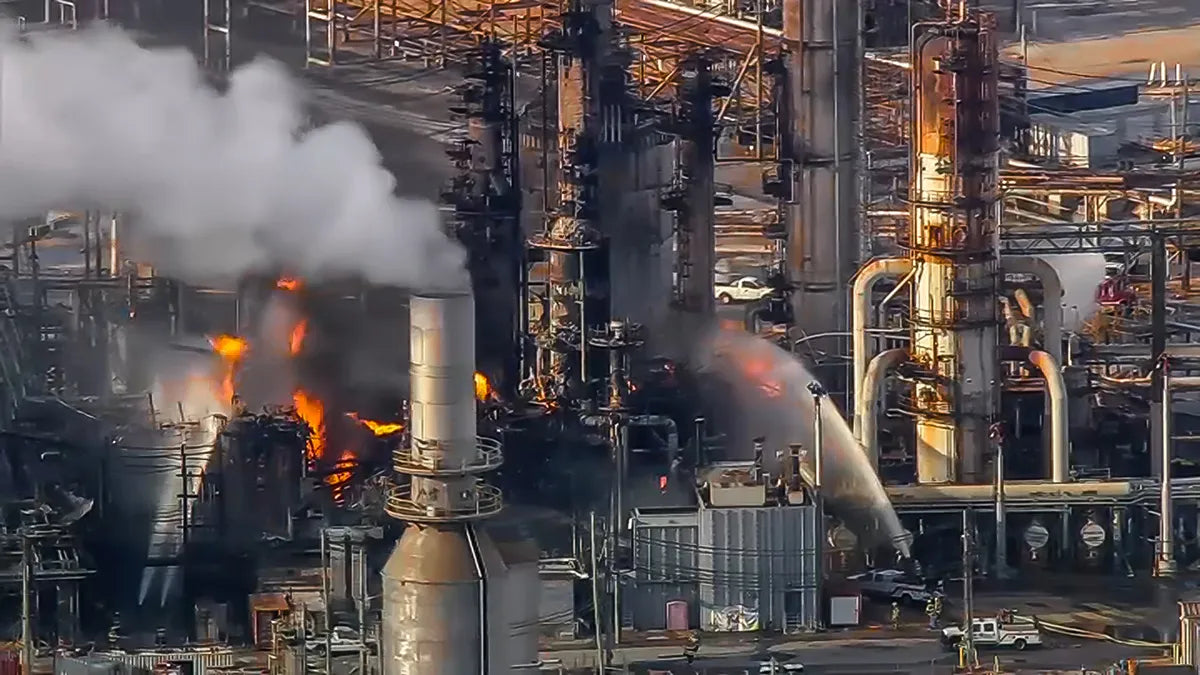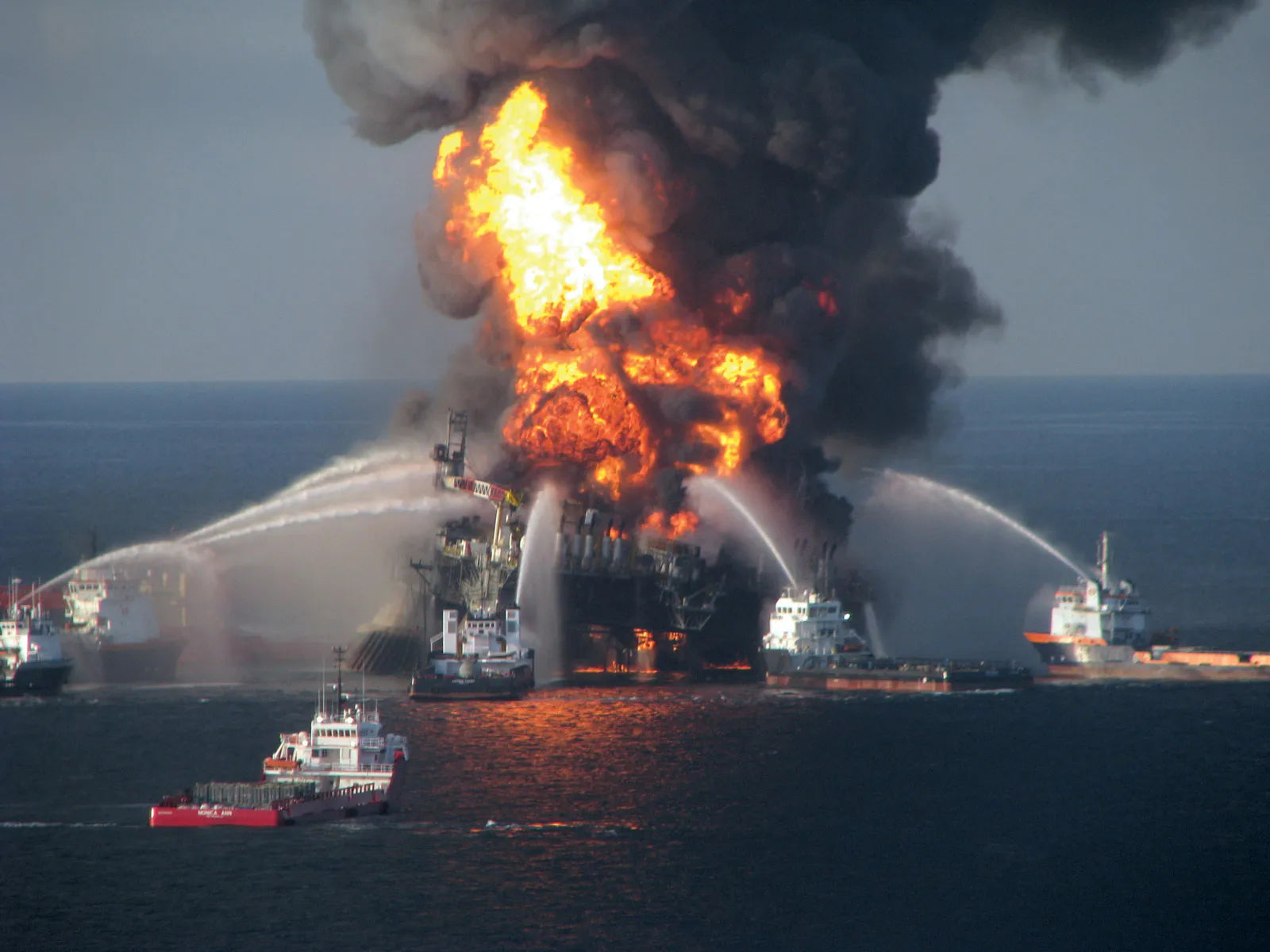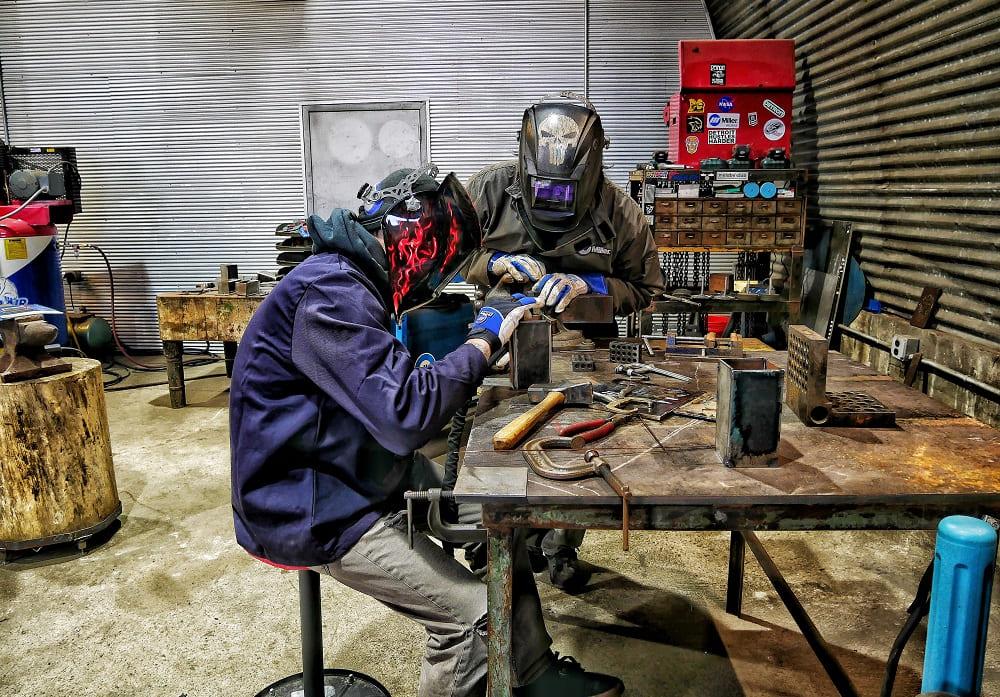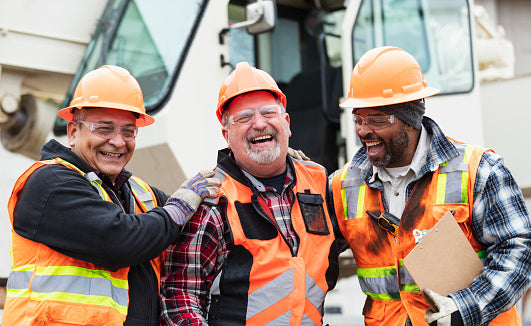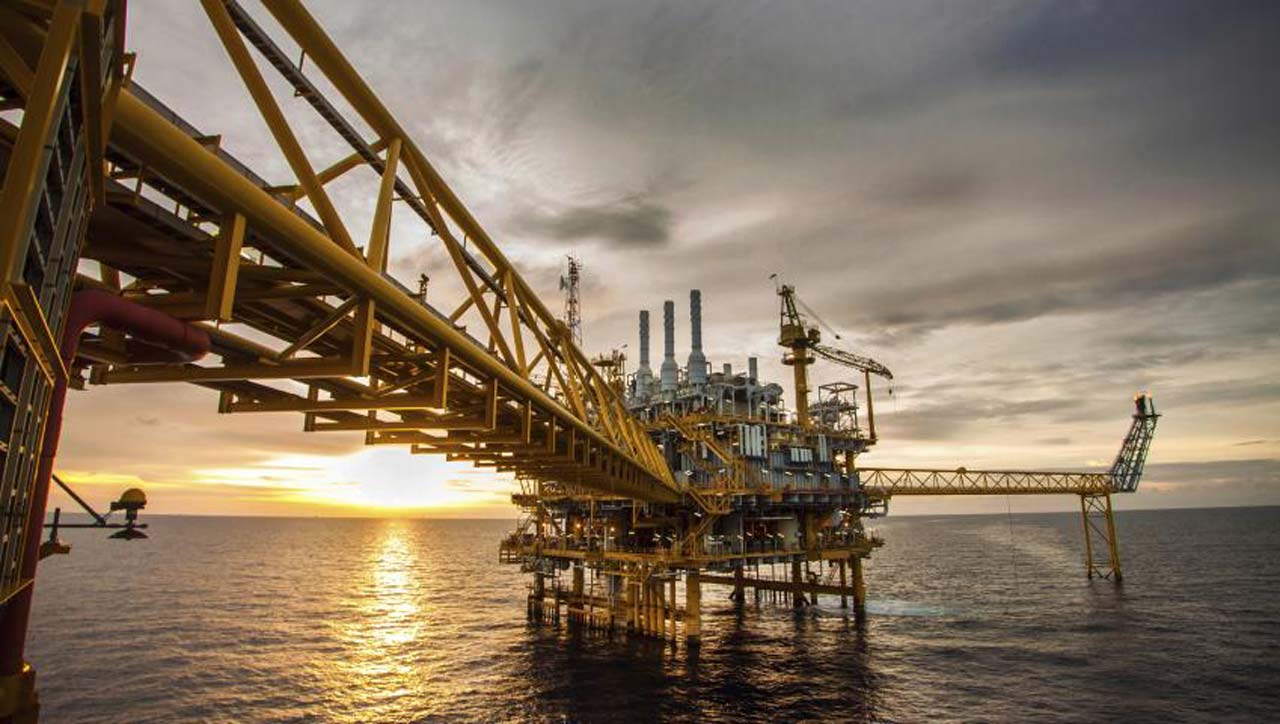

If the safety of your team is your top priority, then you know the demands a safety program has on your time and energy. Human loss and suffering is immeasurable. If you’re in a position to maintain and enforce safety procedures, we’re sure you don’t want your crew getting hurt. Depending on the type of environment, some accidents lead to catastrophes.
There are challenges comes with promoting a safe work environment while hurdling financial issues like budgets to keep spending in check and regulations that guide industries as a whole.
Some responsible for making the workplace safer for employees do not understand FR clothing. A common misconception happens when some consider garments made of 100% cotton as a substitute for FR clothing. This is false and dangerous way to think.
Here’s why: FR clothing, for starters, should consist of natural fibers, not from synthetic fibers. Natural fibers, such as cotton, are harder to ignite with a flame or burn source.
It’s certain that this fact is what causes the misunderstanding. But know that because 100% cotton fabrics are harder to ignite, it does not mean that they resist flames when brought into contact with them. 100% cotton garments will start to burn and will continue to burn, even after removal of the flame source. It is important to know not to treat flame resistant clothing the same way as other clothing you wear during a normal day.
Handling your FR clothing completely separate from your normal laundry is very critical. Giving special attention during the cleaning process is also something to be aware of. To be better prepared, here are some simple questions to ask when looking for the right FR clothing:
- How has this FR clothing been tested? Because of the value FR garments have enhancing safety, they aren’t sold to you without passing rigorous testing.
- How should FR clothing be treated? Earlier we mentioned how FR clothing should be cleaned independently of other regular clothing. This is done to ensure that the flame resistant properties of your FR clothing are not compromised.
- How should you treat them so they’ll last as long as possible? There are resources available for reference so you can properly care for your FR clothing.
Let’s look further into how to treat your FR clothing. When treating FR clothing, there are key practices to adhere to, such as:
- Do not use chlorine bleach or liquid non-chlorine bleach.
- Do not use starch or fabric softeners.
- Use stain removal products and others to remove soils and other contaminants before washing.
- Used FR clothing vs. new; finding and paying for it.
After all that information, you might think “Ok. But can I buy used FR clothing and feel confident that my team will stay protected and safe?” Our short answer is, it’s your call.
At the end of the day, you need to do your homework. You need to read up on the latest regulations and what your industry requires to be compliant with them. Then you should find the right FR clothing that meets those specifications. Only then can you start to look into used FR clothing as a viable option.
We recommend buying new flame resistant clothing. Here, you know that the clothing was never worn or introduced to soils. But we understand that budgets are important too. After enough research, if you can be comfortable knowing how someone cared for used FR clothing, then buy it. At prices that low, you can try various brands to find a fit that’s best for you. We’d love to know your thoughts on the subject. Reach out to us and give us your opinion. Is used FR clothing a viable option for your organization?
